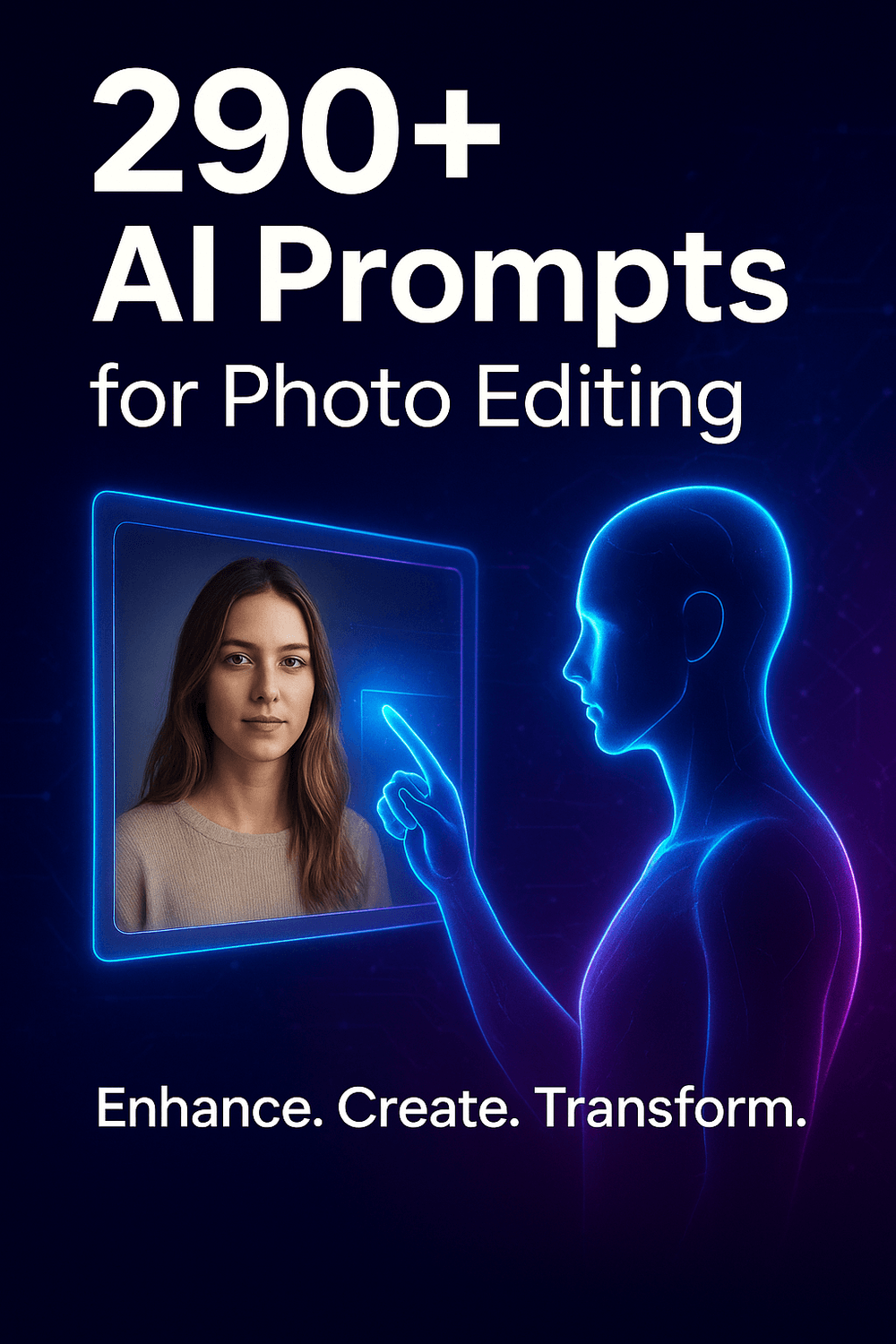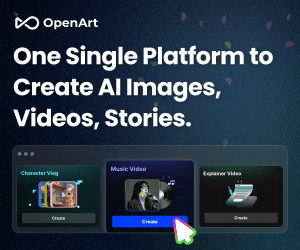Definition and Meaning of Interactive Content Marketing
Interactive content marketing refers to a form of online content that encourages users to actively engage with it through inputs, selections, clicks, hovers, and more. Unlike static content like blog posts or videos, interactive content responds to user actions and provides a two-way experience.
Some key characteristics of interactive content include:
User input: The content responds and adapts based on user input, clicks, selections etc. This creates a personalized experience for each user.
Feedback and consequences: User actions drive feedback, responses and consequences from the content. This could be revealing more information, showing different outcomes, unlocking new options etc.
Goals and metrics: Interactive content usually has built-in goals and metrics to measure user engagement and completion rates. Brands can track performance through analytics.
Compared to traditional, static content, interactive content provides more value for users and brands when executed well. However, it requires more strategic planning, design and promotion to maximize its impact.
Types of Interactive Content
There is a wide range of interactive content formats that brands leverage today, including:
Quizzes and Assessments
Interactive quizzes that assess users' knowledge, personalities, preferences etc. have become extremely popular. They incentivize sharing to social networks and can generate leads through opt-ins. Examples include BuzzFeed quizzes and Cosmopolitan Sextrology.
Calculators and Configurators
Calculators that help users determine outcomes based on variable inputs perform well for financial, retail, software and other industries. Configurators that allow customizing products also effectively educate customers. Examples include retirement calculators or car configurators.
Interactive Infographics
Infographics transformed from static designs to interactive experiences drive more engagement. Users can click different elements to reveal more data, change views and find information easily. Tools like Piktochart and Venngage help create such infographics easily.
Games and Contests
Gamification through interactive games, sweepstakes and contests helps brands stand out while being fun. Rewards and recognition elements encourage social sharing and recurring participation. Examples include Target-themed games and Pepsi football contests.
Best Practices and Strategies
Successfully leveraging interactive content requires thoughtful strategies across the planning, creation, integration and promotion stages:
Identifying Goals and KPIs
Begin by identifying your most important marketing goals and key performance indicators (KPIs) that interactive content can impact, like email subscribers, social shares, engagement rates etc. Track relevant metrics.
Optimizing for User Engagement
Design interactions to provide the maximum value for users, by personalizing experiences, simplifying choices, providing feedback etc. More engaged visitors drive better conversions. Prioritize quality over quantity of interactions.
Integrating with Other Campaigns
Integrate interactive content across multiple channels like email, social, websites and ads for amplification. Coordinate timing with relevant campaigns focused on your products, events or messaging for best results.
Promoting Your Content
Invest adequately in distribution through email, social networks, influencers and ads to drive visitors. Promote new interactive content regularly to build sustainable audiences. Make sharing and virality easy.
Creative Interactive Content Ideas
Consider these proven, high-performing interactive content concepts that align with popular trends:

"Find Your _____" Quizzes
"Find your spirit animal" or "Find your perfect vacation" type flowchart-style quizzes based on personal preferences perform very well due to people's desire to self-identify. These drive high engagement and social shares.
Savings Calculators
Retirement savings, mortgage comparison, price tracking and other finance-related calculators provide utility to users while capturing lead data. Useful for financial services, real estate and e-commerce companies.
Interactive Timelines
Interactive timelines that respond to user input with rich media like videos and images about historical events, and product journeys, educate and engage visitors effectively. Tools like Tiki-Toki, Timeline JS and Dipity help create such timelines.
Personality Tests
Buzzfeed-style tests suggesting outcomes based on selective choices appeal to users' self-perception. "What kind of entrepreneur are you" or "Which city should you live in" drive high involvement through sharing.
Interactive Content Creation Tips
Keep these tips in mind when creating interactive content to boost success:
Choosing the Right Interactivity
Match interactions to audience needs and marketing goals. Avoid interactions just for the sake of it -- integrate purposefully into content and campaigns.
Designing for Mobile First
Optimize design, layout, inputs and performance for mobile devices first given significant mobile usage. Accommodate smaller screens, touch interactions and faster expectations.
Testing Extensively Before Launch
Conduct user tests across devices to identify issues early with interactions, design, content and technical glitches before launch. Iterate and improve based on feedback.
Promoting Through Influencers
Influencer marketing helps scale interactive content through shares to pre-qualified and receptive audiences from relevant personalities. Identify and partner appropriately.
Analytics for Interactive Content

Robust analytics provide vital performance indicators to track and improve interactive content:
Key Metrics to Track
Prioritize engagement rate, time-on-page, conversion rate, social shares, reach through shares and repeat usage as key indicators of effectiveness.
A/B Testing
Compare multiple versions of interactive content with changes to interactions, design, incentives etc. using A/B tests. Help refine content for the best response.
Monitoring Social Shares
Track shares on relevant social platforms to assess reach and virality. Segment users who shared to retarget future content effectively to those most receptive.
Surveying Users
Survey target audiences about their experience to gain direct qualitative feedback. Identifies areas of improvement through user perspectives.
Future of Interactive Content
Emerging tech trends will further evolve interactive content with more immersive experiences:
VR and AR Integration
Virtual reality and augmented reality interactions can transport and engage users in powerful new ways beyond 2D experiences.
Personalization with AI
Artificial intelligence can help deliver tailored interactive experiences for each user automatically based on their interests and responses.
Voice-Activated Experiences
Voice commands through Alexa Skills, Google Home Actions etc. facilitate new hands-free interactive engagements aligned with voice search growth.
Rise of Gamification
Gaming elements like points, status, rewards and competitions integrated creatively into interactive content boost addiction and usage through satisfaction.
Benefits of interactive content marketing
There are many benefits to using interactive content marketing, including:
Increased engagement: Interactive content is more engaging than traditional content, which means that users are more likely to pay attention to it and remember it.
Improved lead generation: Interactive content can be used to generate leads by asking users to provide their contact information in exchange for access to the content.
Enhanced customer understanding: Interactive content can help you to better understand your customers by collecting data about their interests and preferences.
Boosted brand awareness: Interactive content can help you build brand awareness by getting your brand in front of a wider audience.
Increased ROI: Interactive content can help you to increase your ROI by improving your conversion rate.
For Questions and Answers
What are the main advantages of interactive content marketing?
The main benefits of interactive content marketing include increased user engagement and time on site, more leads and audience building, memorable and entertaining user experiences, interactive product promotion, and improved brand awareness and affinity.
What are some examples of popular interactive content formats?
Popular types of interactive content include quizzes, assessments, calculators, configuration tools, interactive infographics, games, contests, and personality tests that respond to user inputs.
How can brands promote and distribute interactive content effectively?
Brands can promote interactive content through email marketing to their subscriber base, social media platforms using posts and ads, influencer marketing by partnering with relevant creators, paid search and display ads, and on their websites through calls to action and crosslinking related content.
What metrics are most important to track the performance of interactive content?
Important metrics to track for interactive content are: engagement rates, time-on-page, conversions generated, social shares and reach through shares, repeat user visits and interactions, user surveys, and A/B test results if multiple versions were published.
What emerging technology trends will shape the future of interactive content?
Some key tech trends that will advance interactive content are virtual reality, augmented reality, artificial intelligence personalization, voice-activated experiences leveraging smart assistants, and further integration of gaming elements like points, rewards and competitions.
How can I create interactive content for my business if I don't have in-house developers?
Many easy-to-use SaaS platforms like Venngage, Piktochart, TikiToki, Interact, H5P and Ceros allow the creation of interactive content like quizzes, calculators, assessments and more without coding. Some also provide templates and publishing support.
Conclusion
Interactive content marketing is a powerful tool that can help you achieve your marketing goals. By creating interactive content that is engaging, informative, and relevant to your audience, you can increase engagement, generate leads, and boost your brand.
Are you willing to take your online marketing business to the next level? If so, I encourage you to check out our marketing agency, LYFE Marketing. Connect with us and see how we can help you out.
LATEST BLOG POSTS
© businesshub360.systeme.io
All rights reserved



